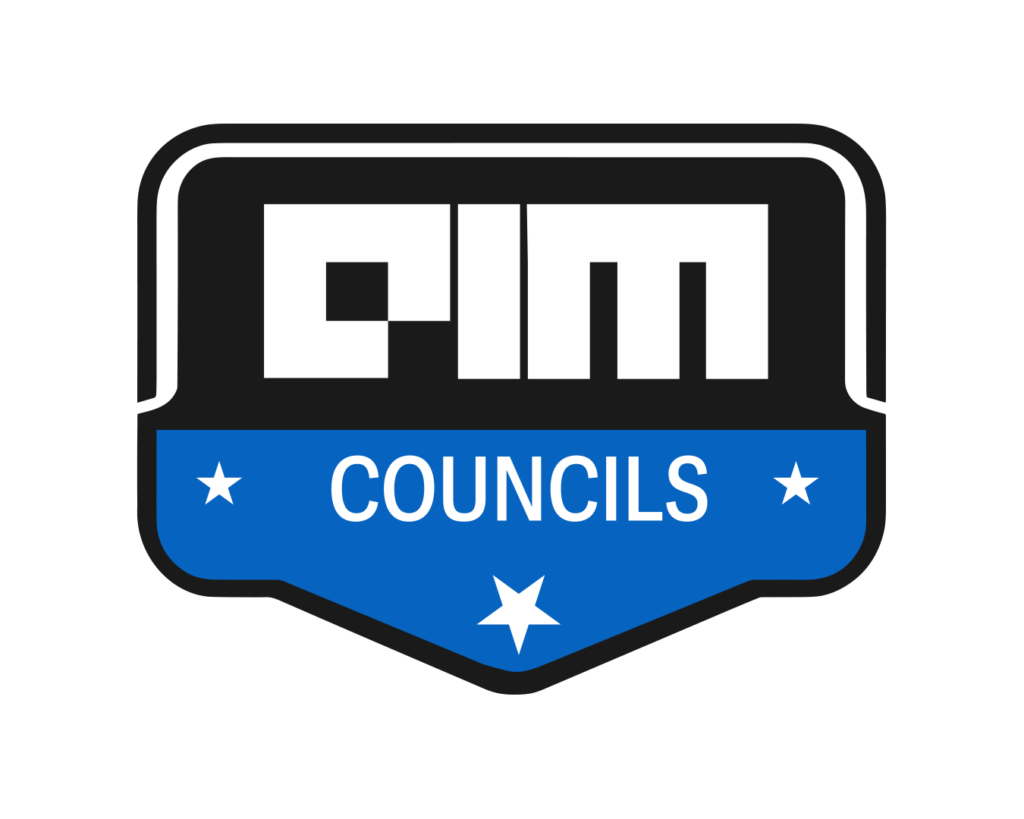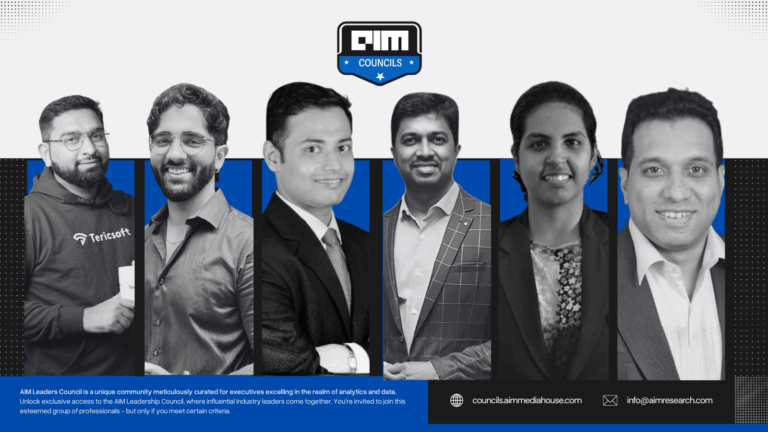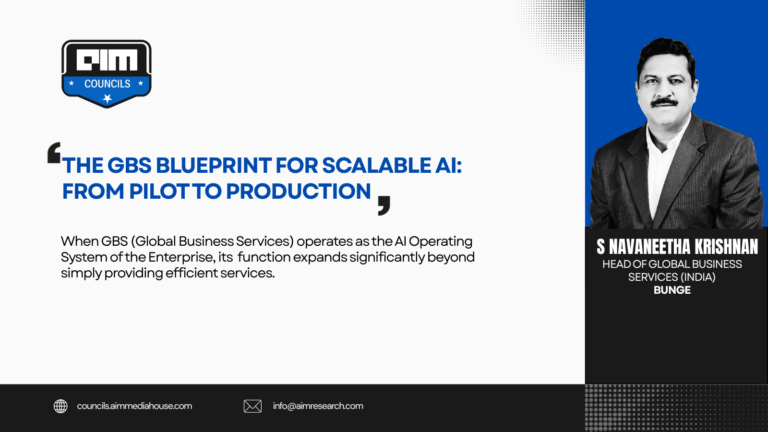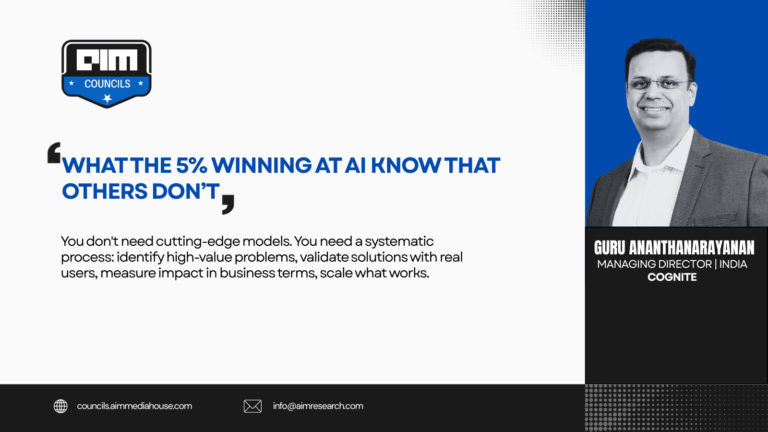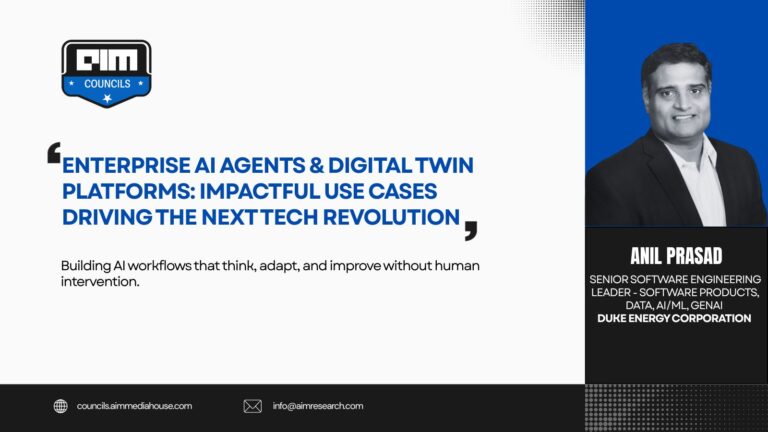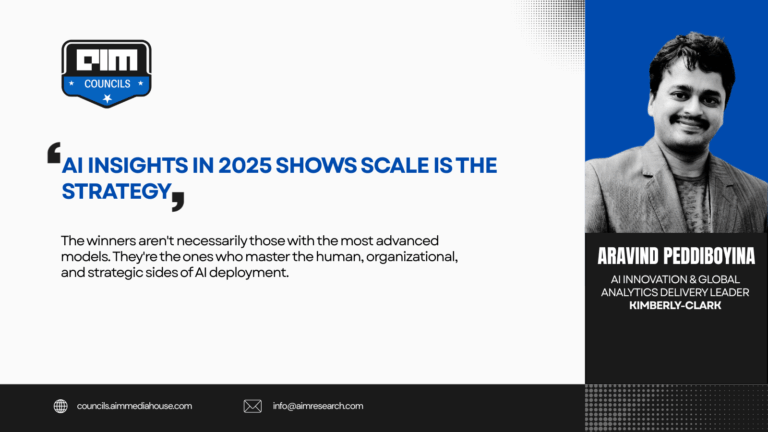“Balance is not something you find; it’s something you create.” — Jana Kingsford
In the rapidly evolving digital landscape, enterprises often find themselves straddling two worlds: the stability and familiarity of legacy systems and the innovation and agility promised by modern technologies. Navigating this is not merely a technical challenge—it is a strategic endeavor, requiring a fine balance between preservation and progress, between tactical business value and strategic technology investments.
Prologue: Legacy Systems Vs. Modern Technology
Legacy systems often receive a bad rap. Words like “monolith,” “obsolete,” and “rigid” are commonly associated with them. However, these systems are the backbone of many enterprises. They have stood the test of time, often encapsulating years, even decades, of business rules, data, and processes that are still relevant.
Contrary to popular belief, legacy systems and modern technologies need not be in opposition. In fact, with the right strategy, they can complement each other effectively. Modern technology can function as an enabler that brings new capabilities, scalability, and flexibility, while legacy systems continue to provide dependable functionality.
The key is to adopt that fine balance: rather than rushing to replace legacy systems wholesale, enterprises should consider how modern technologies can enhance existing capabilities and gradually transition legacy functionalities into modern, composable products and platforms. Over time, it is a journey to “shrink the core” and accelerate the delivery of new business capabilities through modern applications powered by AI.
Incremental Modernization: The Case for Pragmatism
As technology leaders, we must recognize that modernization is not a big-bang phenomenon but a continuous journey. Big-bang modernization programs often fail due to the disruption they cause to business processes. Instead, incremental modernization offers a pragmatic path where business value is generated incrementally while charting a path towards modern, scalable architecture.
The Strangler Pattern – An Enabler to Incremental Modernization
Inspired by the natural world, the Strangler Pattern involves building new functionality around the edges of legacy systems. Over time, the new system grows and “strangles” the old, which is gradually phased out. This approach allows:
- Lower risk by avoiding big bang deployments.
- Continuous delivery and faster time to value
- Better alignment with agile and DevOps methodologies
Using APIs to wrap legacy functionality is often the first step. Once wrapped, individual functions can be replaced incrementally without affecting the entire system.
Human-Centered Approach—A Way to secure Business Buy-in
Technology may drive modernization, but it is people who realize its value. Modernization is not merely an IT project—it is a business initiative. Business stakeholders must see clear value in modernization efforts. Securing their buy-in is crucial for resource allocation, adoption, and overall success.
One of the key approaches to leading a successful legacy modernization program is the human-centered approach. Human-centered modernization prioritizes user experience, organizational change management, and stakeholder engagement.
Key aspects include:
- Mapping user journeys to identify pain points.
- Involving business and IT users early in the design
- Providing training and support during transitions
A successful modernization strategy places humans (business users) at the center, acknowledging it is about people, process, and technology, not just technology.
Some practical tips to get business buy-in:
- Translate technical benefits into business outcomes (e.g., improved customer experience, faster time to market)
- Quantify ROI through metrics like reduced maintenance costs or increased system availability.
- Showcase early wins with pilot projects to build confidence.
- Foster a culture of ‘One Team’ within the business where any modernization project is not seen as a tech innovation project but more of a co-innovation between business and technology to usher in a better tomorrow in terms of people, process, and technology.
Comparing Legacy Modernization Approaches
Different organizations may pursue different paths based on their risk appetite, business priorities, and system complexity. Common approaches include:
1. Rehosting (Lift and Shift): Often referred to as “lift and shift,” this approach involves moving applications to a modern cloud-based infrastructure with minimal changes. It’s fast and low risk, but it offers limited modernization benefits.
2. Replatforming: Replatforming makes modest adjustments, like changing databases or operating systems, to better leverage modern platforms without altering core application architecture
3. Refactoring: It involves restructuring and optimizing existing code for improved maintainability, scalability, and performance without changing its external behavior. It requires a deeper understanding but enables greater adaptability.
4. Rebuilding: It is the most transformative approach and entails redesigning and rewriting applications from the ground up using modern architectures like microservices and cloud-native paradigms. While this offers the highest potential for innovation and agility, it also carries the greatest risk and investment.
5. Encapsulation
Using APIs to wrap and expose legacy functionality without altering the underlying system. Modern API gateways and integration platforms can ease the process of encapsulating legacy systems. API-fication allows organizations to decouple front-end experiences from back-end systems, enabling faster innovation and smoother transitions.
Walking the Tightrope – A Test of Leadership
Balancing legacy and modern systems is as much about leadership as it is about technology. Leaders must:
- Be visionary yet pragmatic.
- Encourage innovation while safeguarding critical systems.
- Inspire confidence in both IT teams and business stakeholders.
This balance is not static; it requires continuous calibration based on market changes, organizational maturity, and technological advancements.
Epilogue:
Modernizing legacy systems is not just about burning down the old to make way for the new. It’s about building a bridge carefully and deliberately from the systems that got us here to the systems that will take us forward.
Achieving this balance is a nuanced art. It demands foresight, empathy, technical acumen, and, above all, strategic patience. As technology leaders, when we strike this balance, we unlock the true potential of our enterprises—preserving what works, improving what can be better, and pioneering what’s next.
